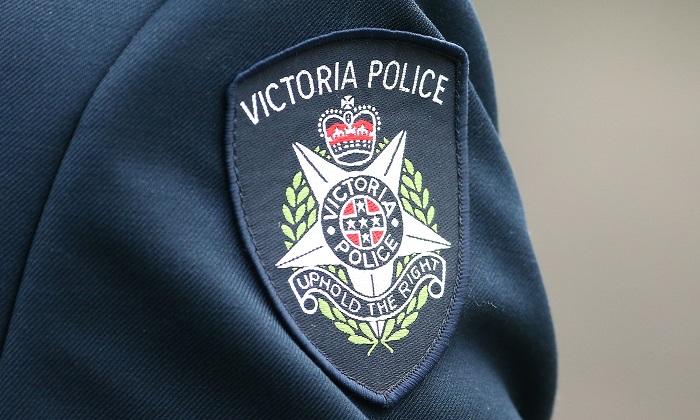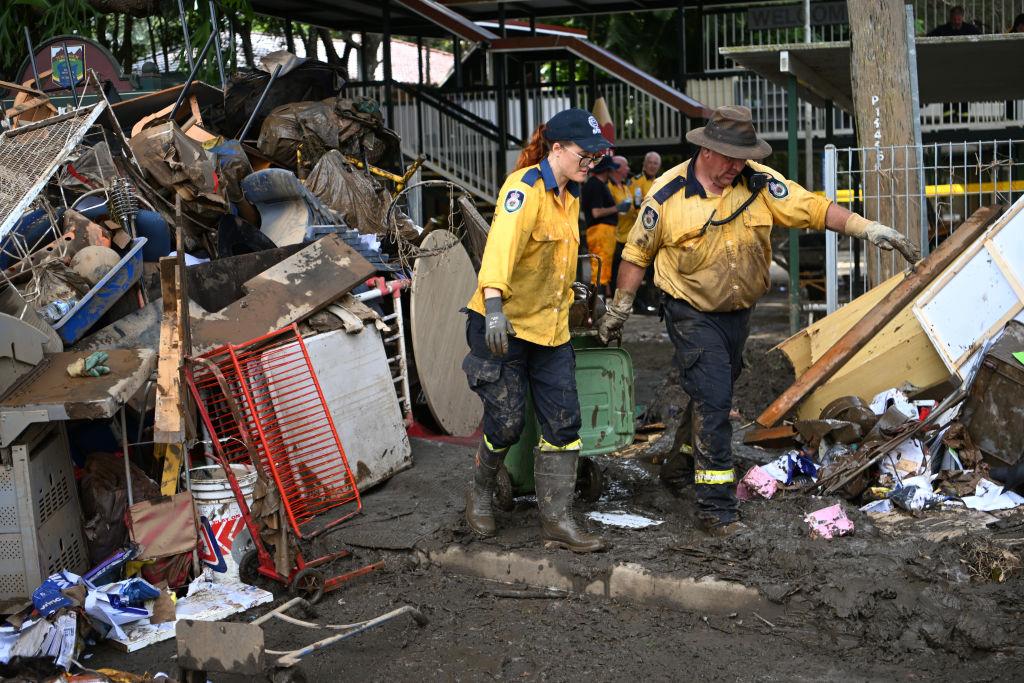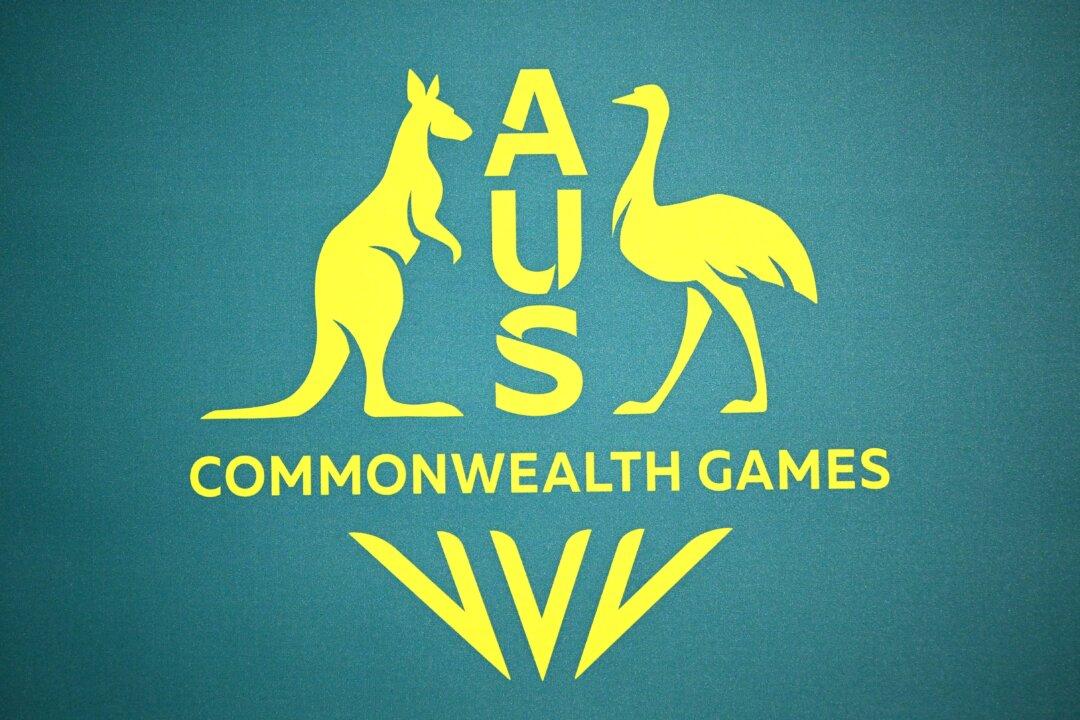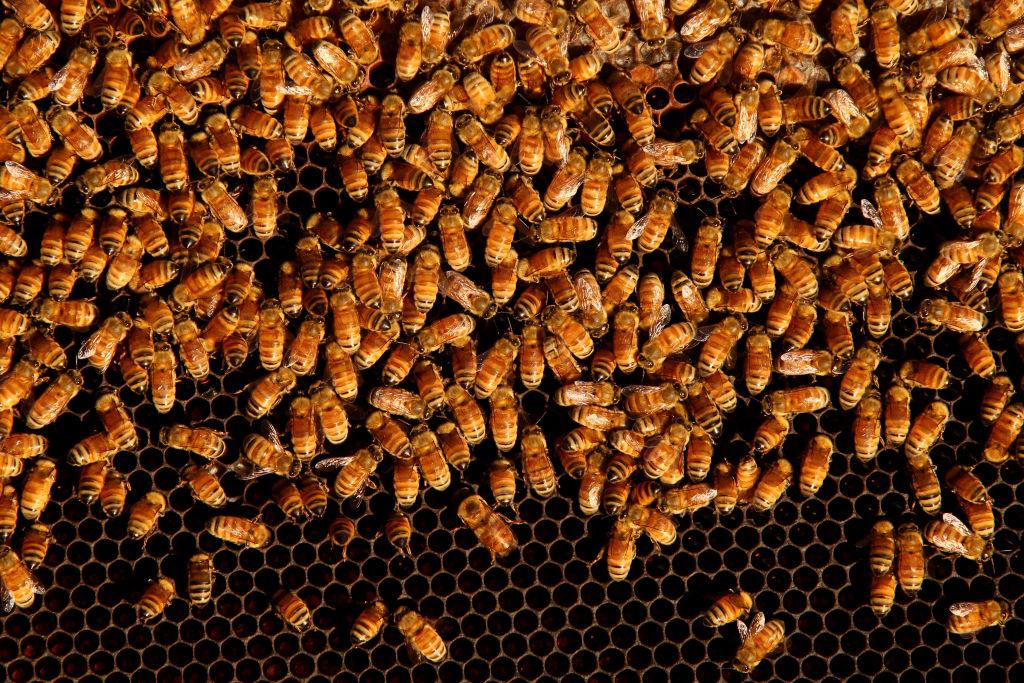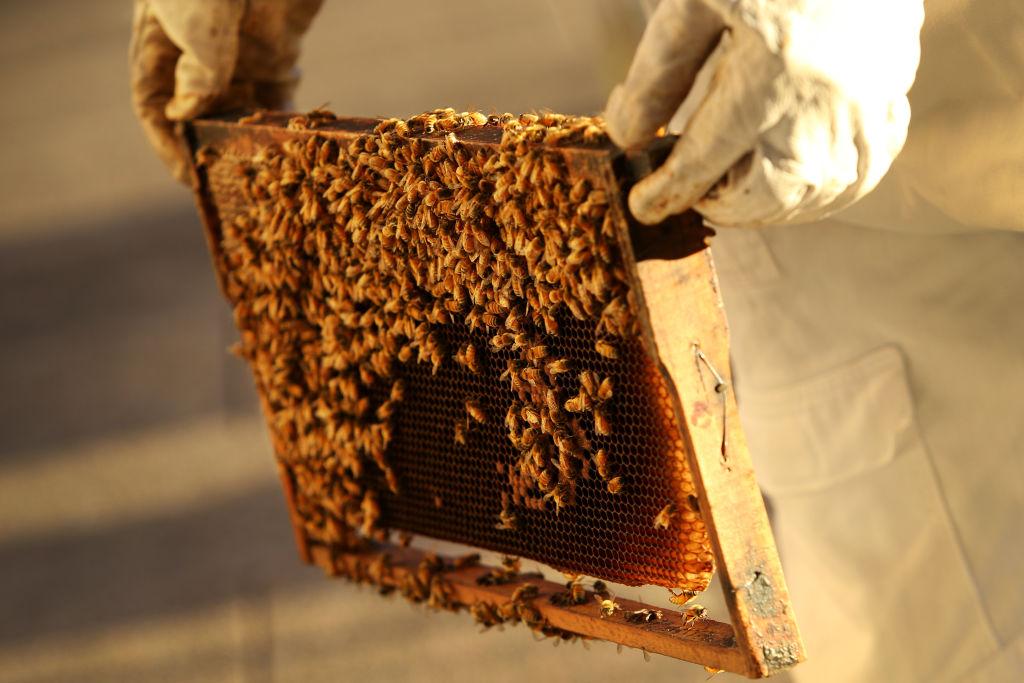New statistics show an increase in youth crime across the state of Victoria, but the overall crime rate has dropped to an eight-year low.
On Dec. 15, the Victorian state government’s Crime Statistic Agency (CSA) released their annual crime statistics, showing the number of criminal offences in Victoria in the last 12 months to Sept. 30 fell to 474,446—a decrease of 4.3 percent when compared to the same time last year.
